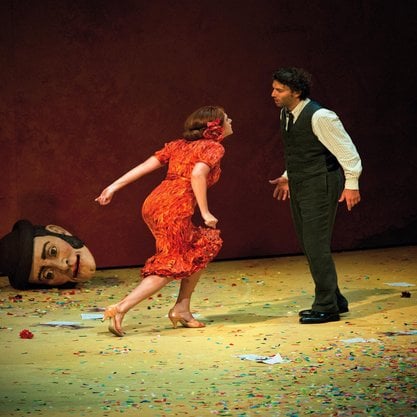Article
Finnegans Wake By Creasy, Matthew
Article
An experimental masterpiece by James Joyce, published in 1939. Joyce began writing it during 1923 and parts of it appeared under the title Work-in-Progress within literary periodicals, such as transition, and in pamphlet form. It has a reputation as the most difficult text of literary modernism.
Joyce set out to write “a history of the world” and much of the structure of the book derives from Italian philosopher and historian Giambatista Vico’s New Science (1725), which breaks down history into a series of cyclic phases. The final title, however, alludes to a Dublin street ballad about a builder who falls from a ladder: Tim Finnegan is aroused from unconsciousness when a drop of whisky touches his mouth during the wake organized by his family, who think him dead. Joyce used this to allude to Viconian myths of fall and redemption or resurrection. It was written during the early years of Irish independence and the Wake’s mythic re-cycling of history and literature also bears upon contemporary developments. The absence of apostrophe in the title is deliberate: although derived from “Finnegan’s Wake,” it also urges the Irish (Finnegans) to rise from their historical stupor.

